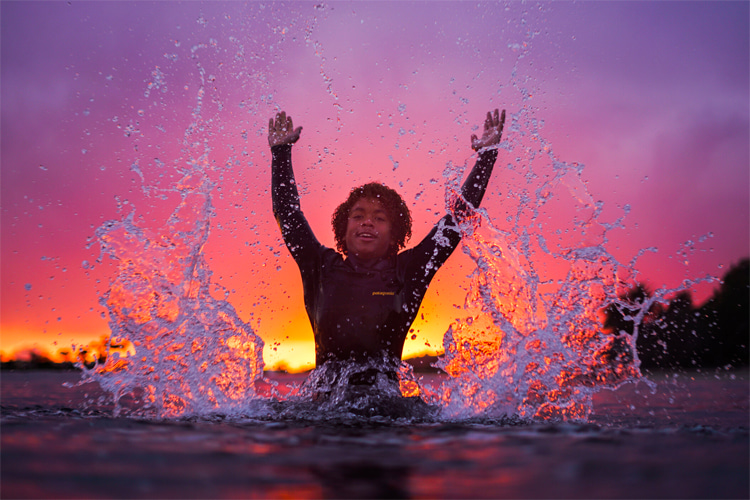When was the last time you saw a black surfer getting barreled? Who was the last dark-skinned athlete to win a surf competition?
Unsurprisingly, the number of black people who surf and participate in the surf industry circus is disproportionately low.
White Anglo-Saxon Protestants (WASP) have dominated surfing since it touched down in mainland America, and its popularity soared in California in the 1950s.
Fueled by a male-dominated lifestyle, surfing's critical expansion moments were always dictated by a blond-haired, American middle class where black people were a minority.
But could it be that dark-skinned people simply did not show interest in the sport? No, not at all.
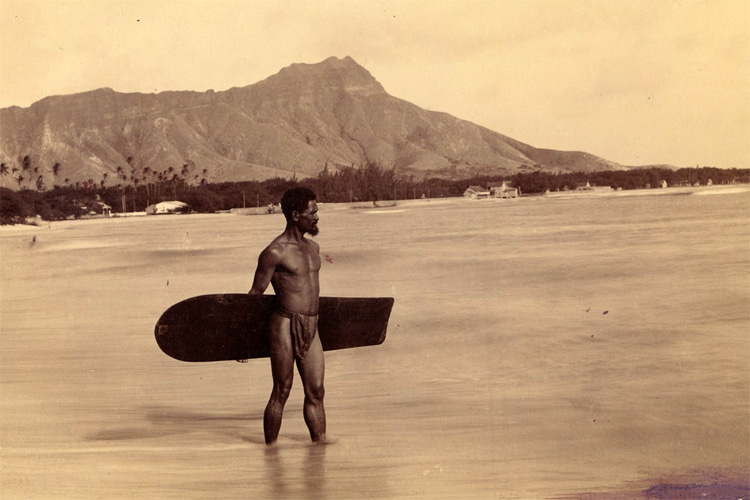
Surfing: Dark-Skinned by Nature
Surfing, as a ritual, pastime, hobby, and sport, hails from the Pacific Islands, a region not exactly known for pale-skinned people.
In the early 20th century, Duke Kahanamoku and his Waikiki Beach Boys taught and introduced Hawaii's first tourists to the art of riding waves.
Kahanamoku was a dark-skinned swimming champion and a prolific surfer.
Despite the racism he was subjected to, Duke went on to win several Olympic medals for the United States.
So, could it be that the number of the world's black people is insufficient to fill their "quota" in the lineup?
It is obviously not the case. Let's get to the facts and figures:
- Every person who is alive and has ever lived shares a common African ancestry;
- In 2020, the world had 7,7 billion people;
- The United States is the country with the most number of black residents, that is, 46 million people;
- By 2050, one in four people on Earth will be African;
Yes, dark-skinned people are everywhere - in all continents, nations, cities, villages, and neighborhoods.
Interestingly, we don't see them often competing in surfing contests, and they rarely feature on the cover of surf magazines.
So why are there so few professional black surfers? Why aren't dark-skinned male and female athletes in the elite of surfing?
Aren't they, for any reason, good enough? We all know that's not the case.
There are several reasons black surfers don't raise trophies, claim world titles, and get sponsorship deals.
The broadest - and most common - explanation is that surfing is a male-dominated, white-only Western industry.
It's pure and simple.
Actually, that is also the reason we rarely see black surfers - men and women, young and old - on social media video clips.
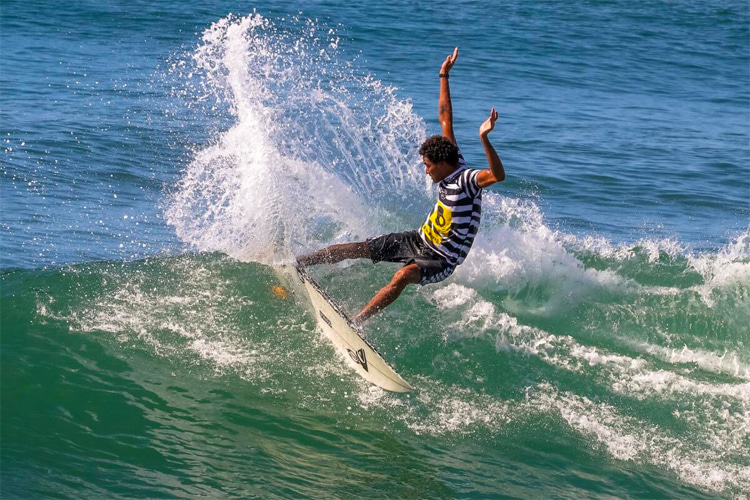
The Silvana Lima Case
Silvana Lima was among the most talented female surfers from 2000-2020.
The Brazilian won Championship Tour (CT) and Qualifying Series (QS) events and finished runner-up in 2008 and 2009.
While she was able to compete in the elite stage, she was the only non-white female surfer in the rankings.
Lima also represented her country in the Tokyo 2020 Olympic Games.
However, she struggled for 15 years to find sponsors to support her travel expenses. Silvana eventually sold her apartment and car to keep competing against her fellow white athletes.
At the peak of her career, she revealed brands only wanted to sponsor "athletes that looked hot."
"I don't look like a model. I'm not a babe. I'm a surfer - a professional one," Silvana Lima said in 2016.
"When it comes to women, surfwear companies want both models and surfers."
"So if you don't look like a model, you end up without a sponsor, which is what happened to me - you're excluded, you're disposable."
Eventually, Lima, who is also openly lesbian, quit the pro surfing arena.
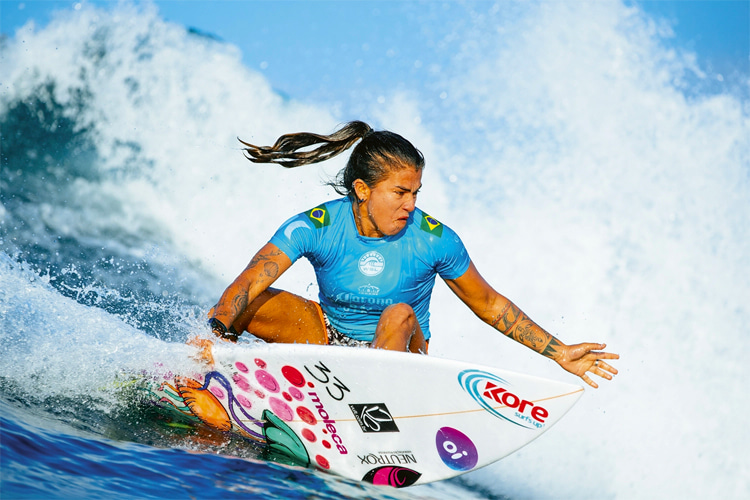
Why Blacks Don't Surf
Discussions about the inexistence of dark-skinned athletes within professional surfing are almost as old as the industry.
But surfing is not alone in this hall of shame.
It wasn't until the 1950s that a black tennis player, Althea Gibson, was allowed to play in tournaments.
In golf, the only blacks seen on the courses were those carrying the bags. It wasn't until the 1960s that blacks were permitted to compete.
In the summer of 1979, Earl Ofari, public affairs director for radio station KPFK, wrote an article on this topic for Los Angeles-based H20 magazine.
Here's a highly self-explanatory excerpt of "Why Blacks Don't Surf":
"The bleakest picture of all for blacks, though, has been in the water. Blacks, to this day, are rarely seen in competitive swim meets."
"As of this writing, there has yet to be an American black swimmer in the Olympics."
"And as for surfing, it has only been within the last few years that blacks even engaged in the activity. More importantly, in terms of amateur or professional competition, the water remains lily-white."
"Why has this situation been allowed to exist in these sports and activities? The answers have been as varied as those who have asked the question.
"Some coaches and most owners for years charged that their athletes would not compete beside blacks."
"Others claimed that blacks would hurt attendance, while others maintained that blacks were not as intellectually 'sophisticated' as whites and would therefore not grasp the complexities of the sport in question."
"All of these were, of course, nothing but racist rationalizations designed to justify black exclusion."
"First of all, we have to ask ourselves: how many swimming pools are in the ghetto? The answer is obvious - very few or none."
"Next: How close is the black community to the ocean? The answer, usually, is the same as the above."
"When you're stuck in the middle of a city, it is kind of hard to get motivated by the idea of romping on the beach."
"This is only the beginning. Blacks, for the most part, are workers."
"That means that they simply don't have the long hours necessary to spend in the ocean waiting for the waves, not to mention the added time of traveling from one beach to another."
"And what about cost? Wetsuits, surfboards, and all the assorted other surfing - this is simply beyond the means of many. Same with the cost of travel."
"But the biggest' environmental' factor is a lack of tradition in terms of being exposed and involved in the sport."
"There are no surfing classes in their schools; there are no well-known local figures that have 'made it' in surfing for them to look up and identify with."
"These are all critical factors to a youngster's choice of sports."
"There is no doubt that blacks could excel in surfing, just as there is little doubt they could excel in swimming."
"It's basically a matter of opportunity, inclination, motivation, and practice. The skills will quickly come if these ingredients are there."
"It is also true that blacks interested in sporting activities, whether it be football or surfing or anything else, will tie the development of their skills to the potential of that particular sport to make a good living for them."
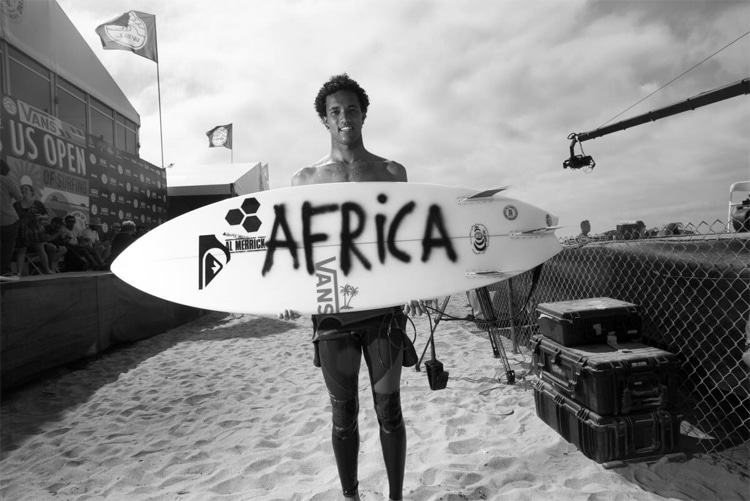
Black Surfing: Organizations, Collectives, and Movements
Sometimes, waves of change come from within, and the black surfing community has been steadily writing its own path to inclusion.
Inspired by pioneers like Nick Gabaldón, America's first documented African American surfer, and new-age performers like Michael February, they've been setting up lobby groups that raise awareness for the lack of dark-skinned athletes in pro surfing.
Today, there are dozens of groups and organizations promoting surfing and more racial diversity in water sports.
Here are some of the largest coalitions supporting black surfers and reclaiming their right to ride the perfect wave.
Movimento Surfistas Negras
Movimento Surfistas Negras (in English, Black Surfers Movement) was founded in 2019 by journalist and former pro surfer Érica Prado.
The group wants to stimulate the debate on racism in surfing and show that black athletes exist, are talented, and have good results in the Brazilian championships.
Black Surfing Association
The Black Surfing Association was founded in 1975 by Tony Corley to introduce surfing to African American people.
The non-profit organization offers free surfing and skateboarding lessons to children and runs year-round art and cooking workshops.
Black Surfers Collective
The Black Surfers Collective was founded in 2011 by Gregory Rachal and Jeff Williams to promote diversity within surfing and raise cultural awareness against racism in the sport.
The group supports and runs family-oriented activities to get more people into beach life and share the love of the water.
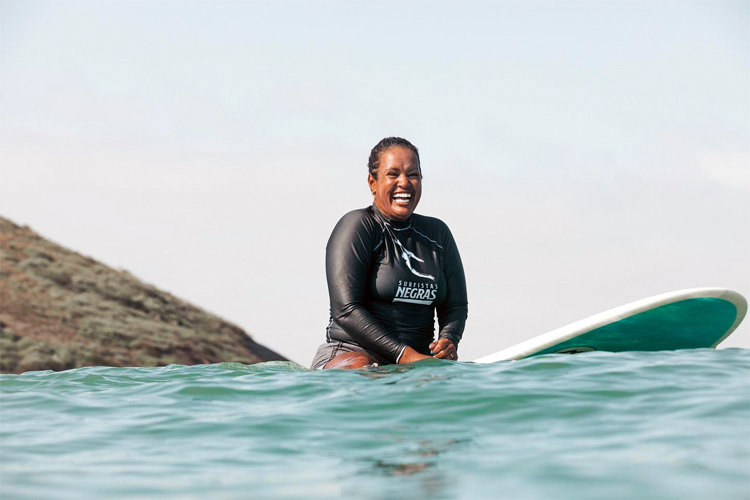
Surfear Negra
Surfear Negra was founded in 2018 by Gigi Lucas to bring more cultural, gender, and identity diversity to surfing.
The 501c3 organization runs programs designed to make surfing accessible to young girls of color and provide surf instruction to school students.
Color the Water
Color the Water was founded by David Malana and Lizelle Jackson to fight racism and celebrate black culture after the murder of George Floyd.
The social justice organization runs free surfing clinics for all Black, Indigenous, and people of color (BIPOC) and provides resources to those who want to learn more about the history of black surfing.
Textured Waves
Texture Waves was founded in 2019 by Chelsea Woody, Danielle Lyons, and Martina Duran to spread the word and culture of women's surfing toward underrepresented black women.
The team aims to amplify the voice of women of color in surfing to create social change and promote inclusion and diversity in the water.
Black Girls Surf
Black Girls Surf was founded in 2014 by Rhonda Harper to train black girls and help them become professional surfers.
The non-profit surf therapy and performance training organization manages women's surfing teams in several countries.
Brown Girl Surf
Brown Girl Surf was founded by Farhan Huq and Mira Manickman to amplify the voices of women of color surfers and create a more diverse, joyful, environmentally aware, and rich women's surf culture.
The team runs community surf programs for women and girls interested in expanding their contact with the ocean.
